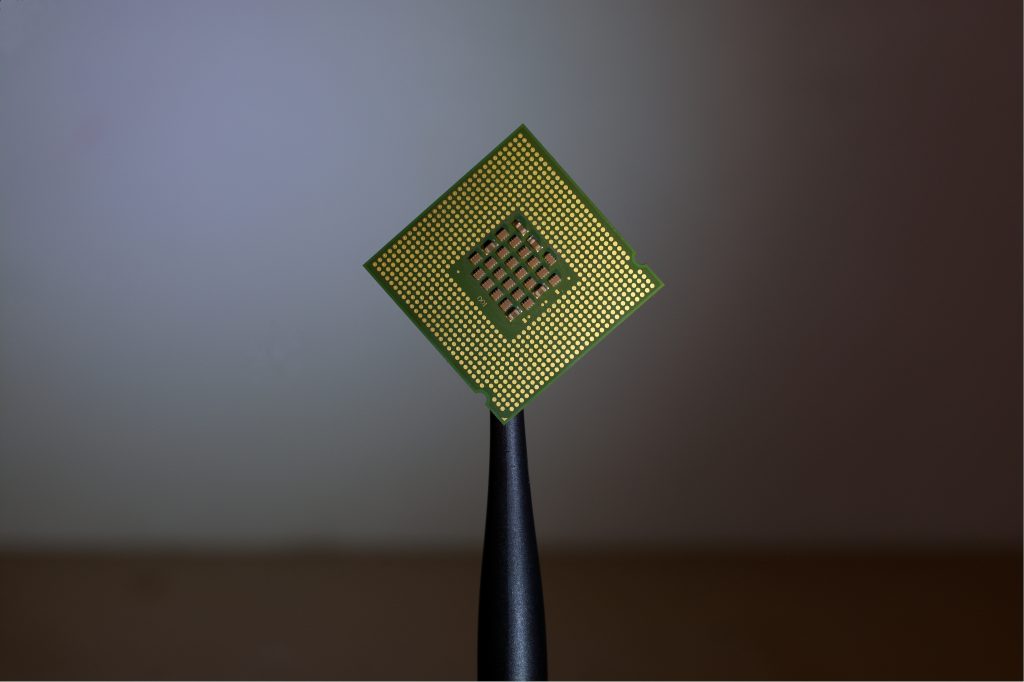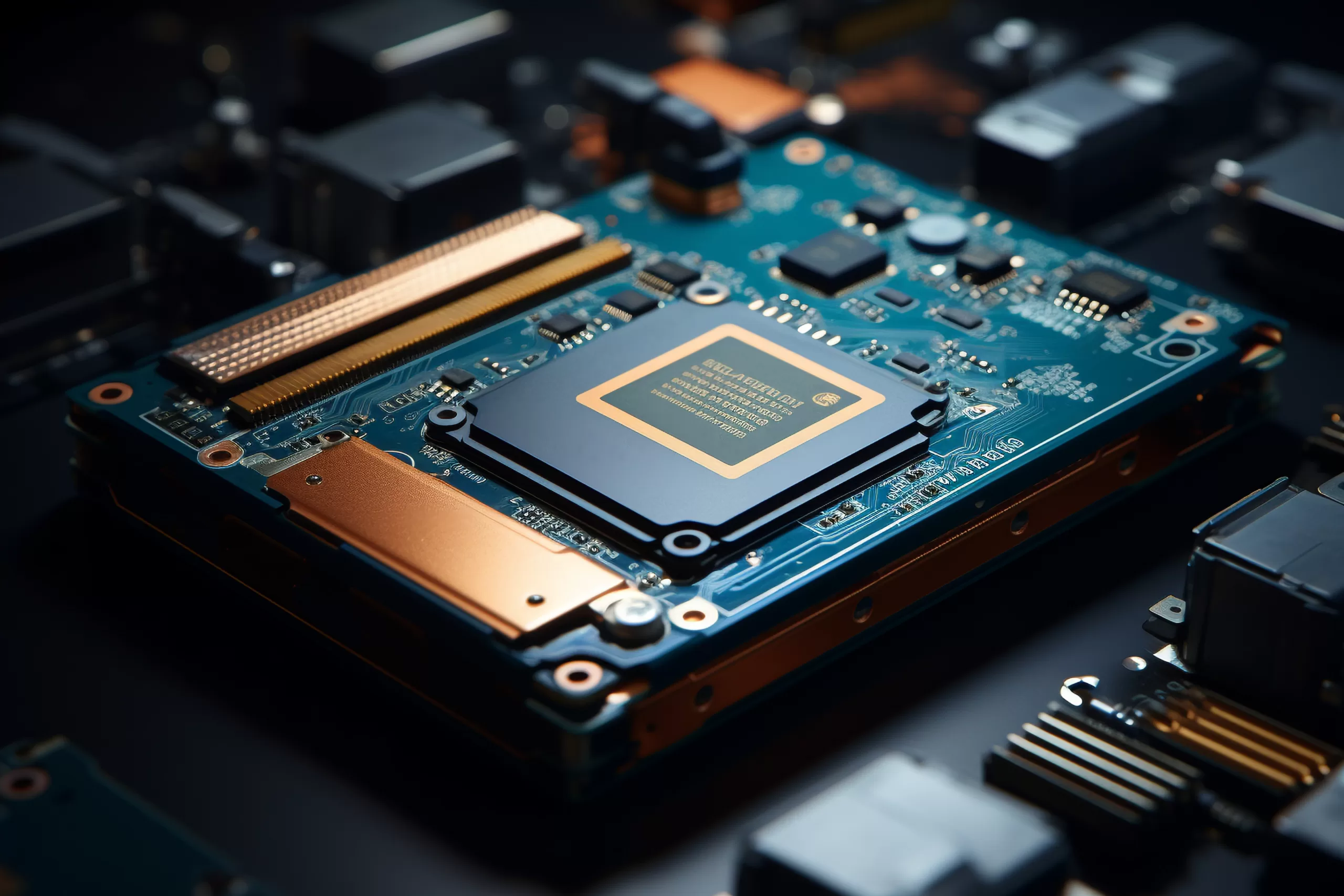Diversification Trends in the Semiconductor Industry

The biggest trend in the semiconductor industry today is to promote diversification to protect important supply chains from political and economic disruptions. Given Taiwan’s leading position in the chip field, the region is often closely watched. Experts say that although Taiwan’s foundries also face macroeconomic pressures that affect the entire industry, they are expected to rebound in 2024.
Meanwhile, chip manufacturers in Europe are seeking to expand production capacity for the first time in decades. However, the local supply chain ecosystem is currently unable to keep up. At the same time, Taiwan’s leading suppliers are looking for profit opportunities to expand their own businesses.
Due to the still bleak macroeconomic situation, the semiconductor industry continues to face unpredictable demand in key areas, especially consumer devices. Fortunately, the outlook is not entirely negative. With more wafer fabs being put into operation and new expansions being completed, Taiwan’s wafer foundries are expected to increase production capacity in 2024. The arrival of TSMC’s 3nm process will also inject vitality into the local industry, helping to outperform the first half of this year in the second half of this year. Taking these factors into account, experts predict that Taiwan’s foundries’ revenue will grow by 15% in 2024 compared to this year.
Meanwhile, Intel plans to invest nearly $36.5 billion to build two advanced chip factories in Germany. In the West, GlobalFoundries is partnering with STMicroelectronics to build a $7 billion factory in France.
The development of diversification in the semiconductor industry seems to be an inevitable phenomenon, and the phenomenon of a single dominant manufacturer in the future will become less and less common. Although the entire chip market forecast is not so ideal, various manufacturers are still committed to a global layout. Let us look forward to the vitality brought by a diversified market.


 2023-11-06
2023-11-06 

